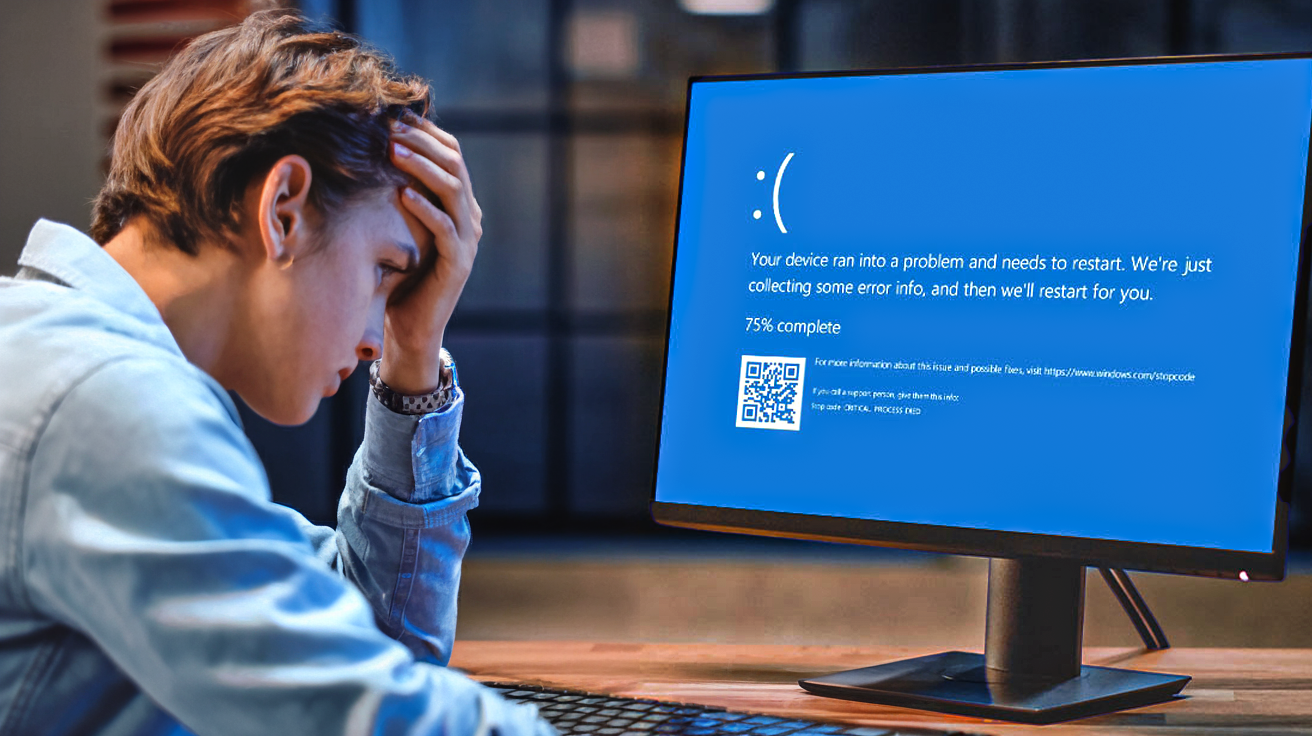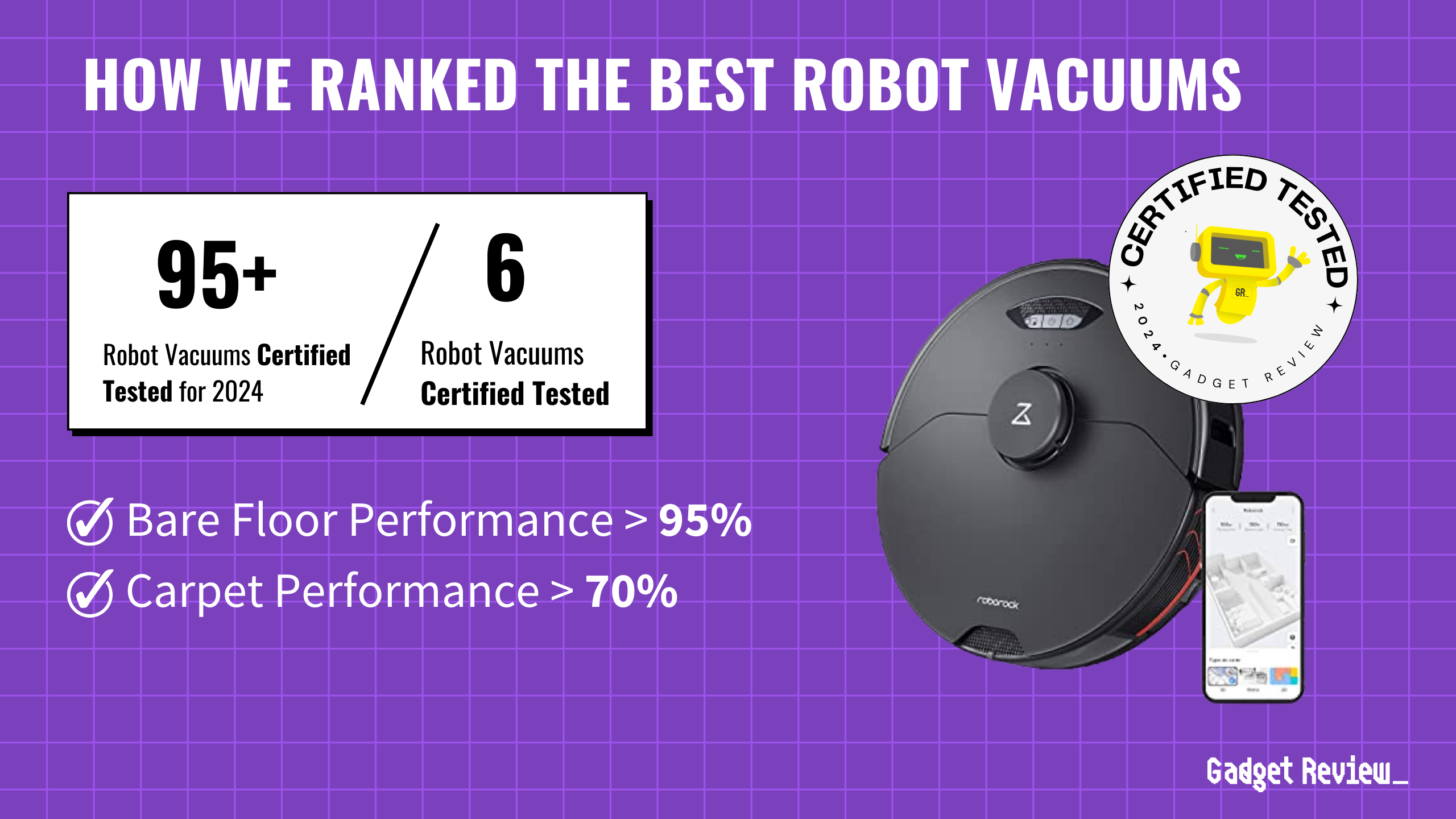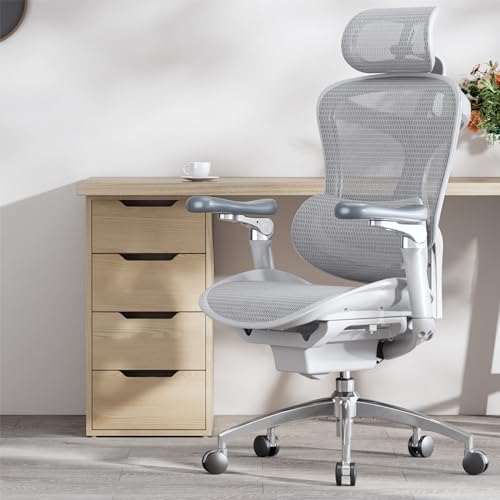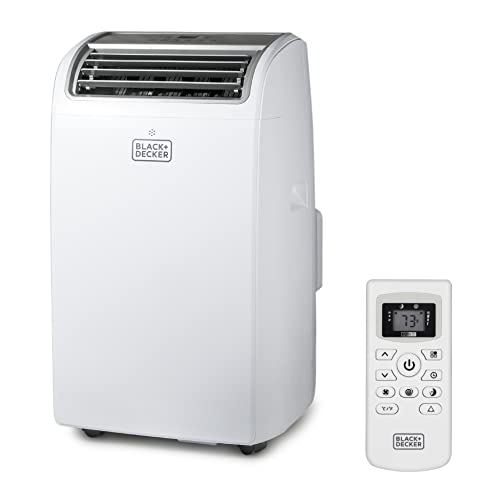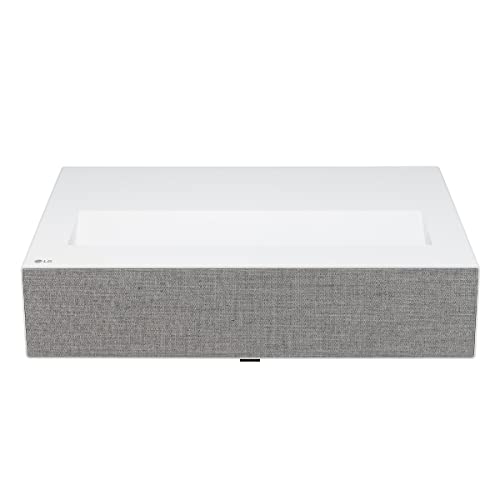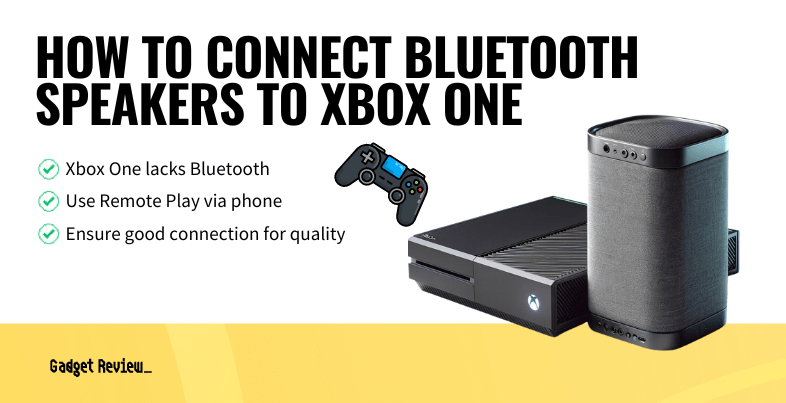Ever watched $1,500 worth of hardware turn into a useless brick? The average user loses 22 minutes of productive work time per day to computer issues – adding up to a staggering 95 hours each year. From mysterious blue screens to sluggish startups, computer problems can derail your workflow and spike your stress levels. Our comprehensive guide walks you through the 20 most common computer issues and provides clear, step-by-step solutions that will get you back to work fast. Whether you’re a casual user or a tech enthusiast, these proven fixes will help you solve problems quickly and potentially save hundreds in unnecessary repair costs.
20. System Slow Downs

Computers slow down when too many background processes compete for limited system resources. You can speed up the system by removing unnecessary startup programs and running regular disk cleanup utilities. Hard drives need at least 10% free space to maintain optimal Windows performance and prevent gradual slowdowns. Your last resort might be a fresh Windows installation if the system remains sluggish.
19. Software Slowdowns

Applications often run slowly even when the overall system performs well. Hardware specifications must match each program’s minimum system requirements for smooth operation. You should install regular updates to patch performance bugs and optimize resource usage. Closing unused applications and clearing program caches significantly improves speed.
18. Total System Hangs
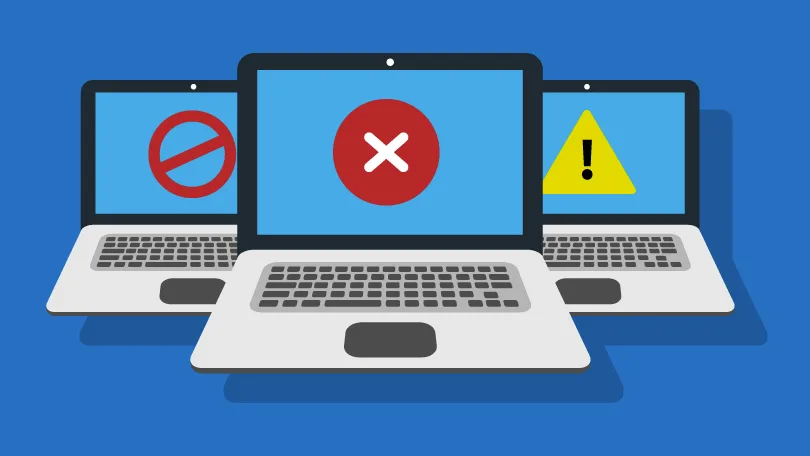
Systems freeze when they encounter driver conflicts, overheating issues, or resource depletion. Your computer needs proper ventilation and updated device drivers to prevent system hangs. Task Manager helps monitor CPU and memory usage to catch potential problems. Keeping air vents clear of dust and installing additional cooling prevents overheating crashes.
17. BSoDs: The Blue Screen of Death
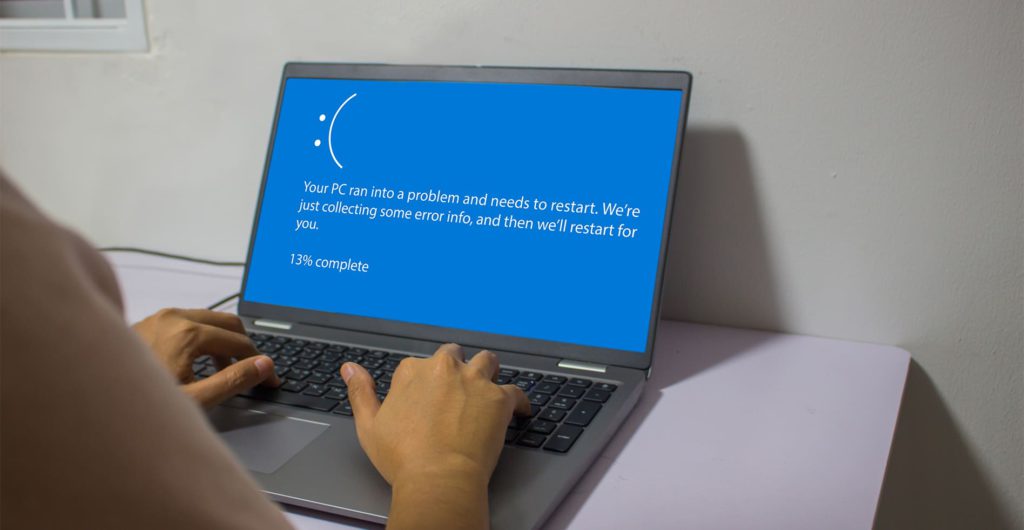
Critical system errors trigger the Windows blue screen when recovery becomes impossible. Finding specific error details in Event Viewer reveals the root cause. Your hardware might fail, files could corrupt, or drivers might conflict. Creating regular system restore points provides reliable recovery options.
16. Boot Errors
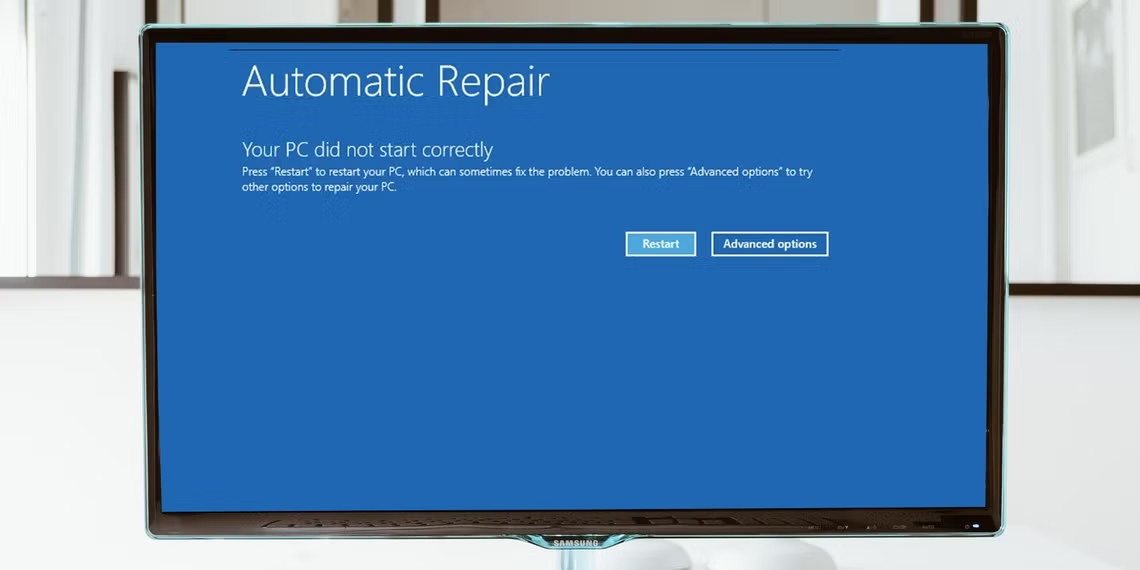
Boot records and system files can corrupt, preventing normal startup. You can access recovery options by pressing F8 during the boot process. Regular system backups protect valuable data from loss during repairs. Safe Mode offers a reliable environment for solving startup problems.
15. Internet Not Working
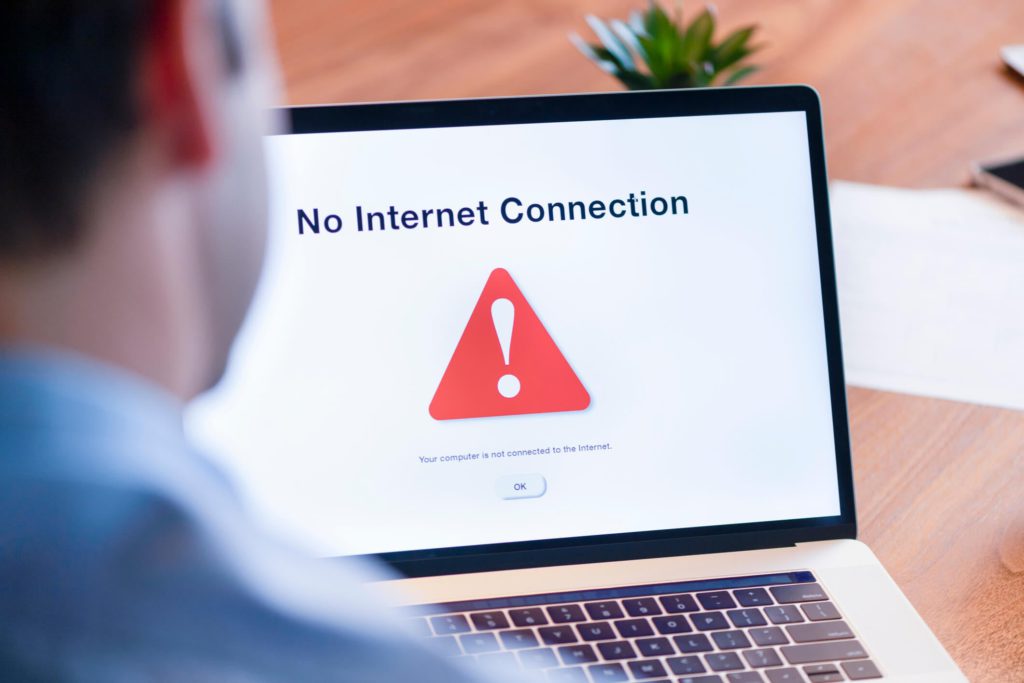
Network connections fail due to router issues, service interruptions, or incorrect settings. Your first step should be restarting all networking equipment. Built-in diagnostic tools can detect and fix common connectivity problems. Testing multiple devices helps isolate whether issues affect the entire network.
14. Hard Drive Failures
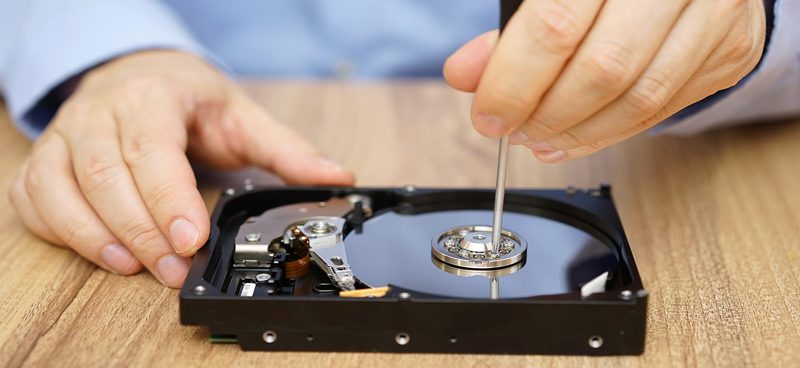
Storage devices show warning signs before complete failure through unusual clicking sounds and slow data access. You should back up important files immediately when these symptoms appear. Modern hard drives include built-in monitoring tools that track disk health and predict failures. Regular checks of the SMART status help prevent unexpected data loss.
13. Computer Won’t Turn On
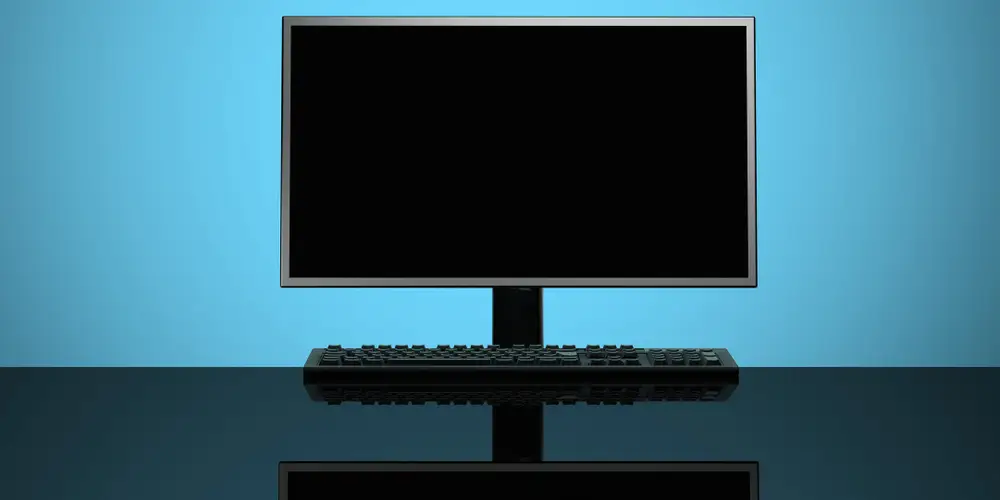
Power issues and having your computer failing to turn on often stem from loose connections or faulty power supplies. The system might be receiving power but fail to complete the startup sequence. You can test the power supply by plugging in a known working unit. Basic troubleshooting starts with checking wall outlets and power cable connections.
12. Keyboard and Mouse Failures

Input devices stop responding due to driver conflicts or connection problems. You should try different USB ports when peripherals suddenly fail. Basic troubleshooting includes checking for visible damage and testing devices on another computer. Installing updated drivers often resolves persistent input device issues.
11. Frozen Screens
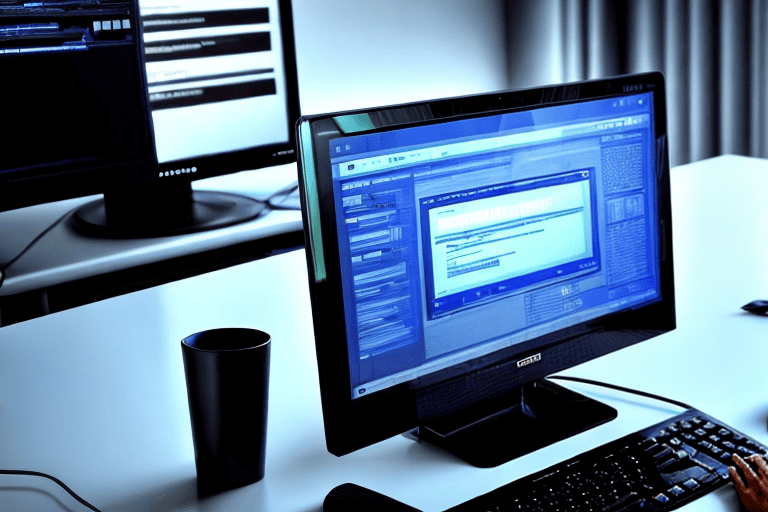
Programs can lock up the display while still running background processes. The screen might freeze while the system audio continues playing. You can often recover work by using keyboard commands to open Task Manager. Force-closing unresponsive applications prevents data loss during screen freezes.
10. Fan Noises
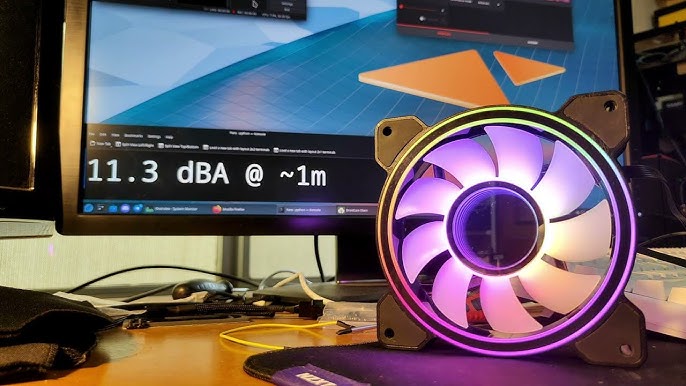
Excessive noise indicates dust buildup or bearing failure in cooling fans. You should clean fan assemblies every six months to maintain proper airflow. Computer fans increase speed under heavy processing loads to manage heat. Regular maintenance prevents premature fan failure and system overheating.
9. Overheating
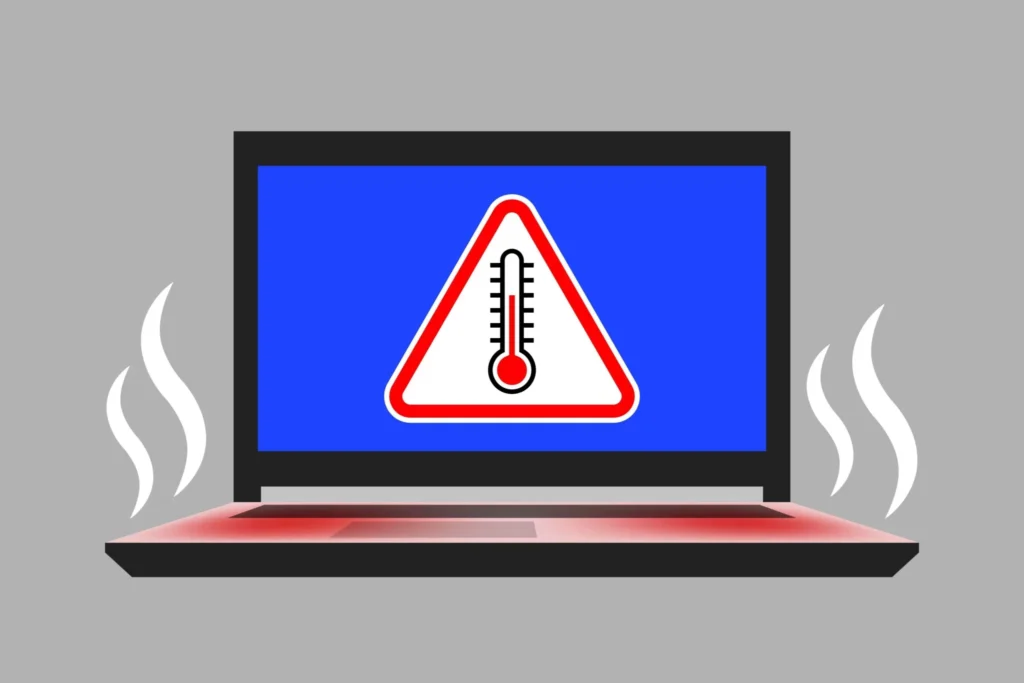
Processors throttle performance when internal temperatures rise too high. Your system needs adequate ventilation space around all air vents. Thermal paste between CPU and heatsink degrades over time and needs replacement. Monitoring temperature sensors helps prevent heat-related damage.
8. Unable to Install Software
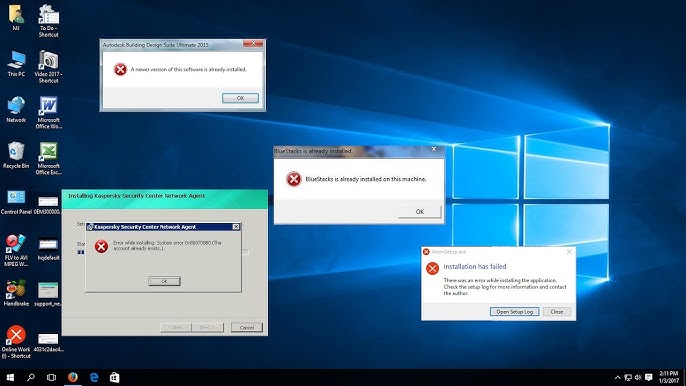
Installation failures occur when systems lack required components or permissions. You need administrator rights to install most Windows applications. Software installers might conflict with security tools or existing program files. Checking system requirements before installation prevents compatibility problems.
7. Automatic Restarts
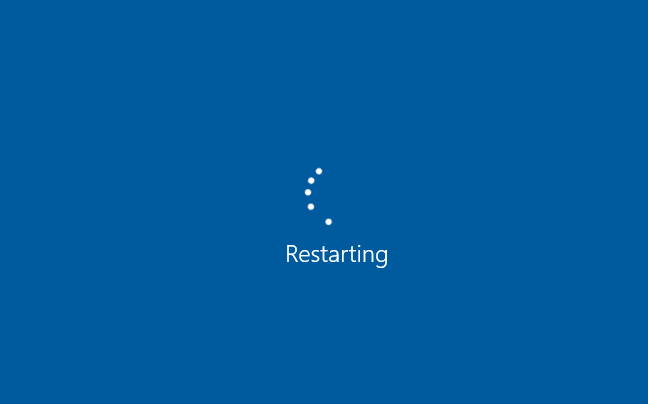
Random restarts indicate potential hardware failures or corrupted system files. Your computer creates crash dumps that help identify restart triggers. System event logs store details about unexpected shutdowns and hardware errors. Testing RAM modules helps identify memory-related restart issues.
6. Display Not Showing Anything
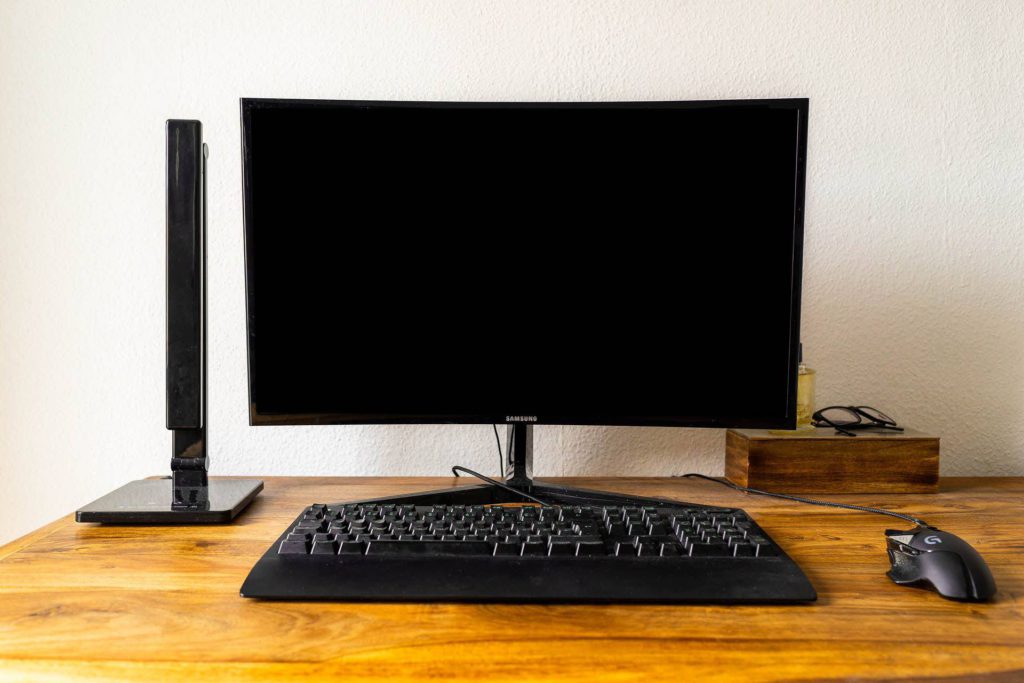
Monitor connections can loosen or fail without warning signs. The graphics card might still function even when displays remain black. You should check both ends of display cables for secure connections. Trying different video outputs helps isolate monitor versus graphics card problems.
5. USB Port Not Working
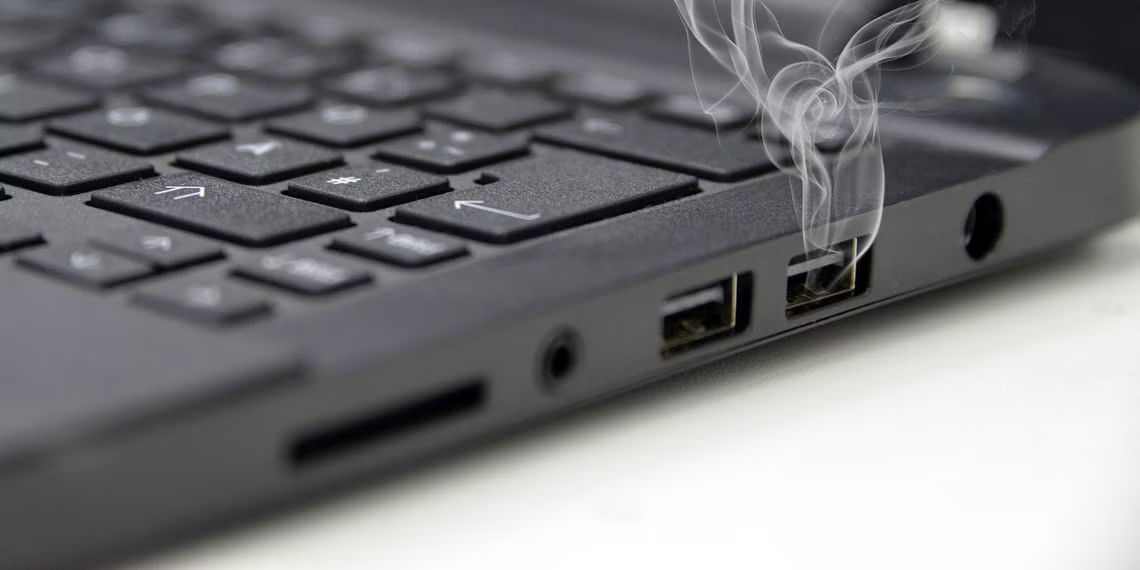
Port failures happen from physical damage or driver corruption. You can often revive ports by reinstalling USB controllers through Device Manager. Hardware problems might affect single ports while leaving others functional. Testing different devices in problematic ports helps identify hardware versus software issues.
4. Error 0X80300024
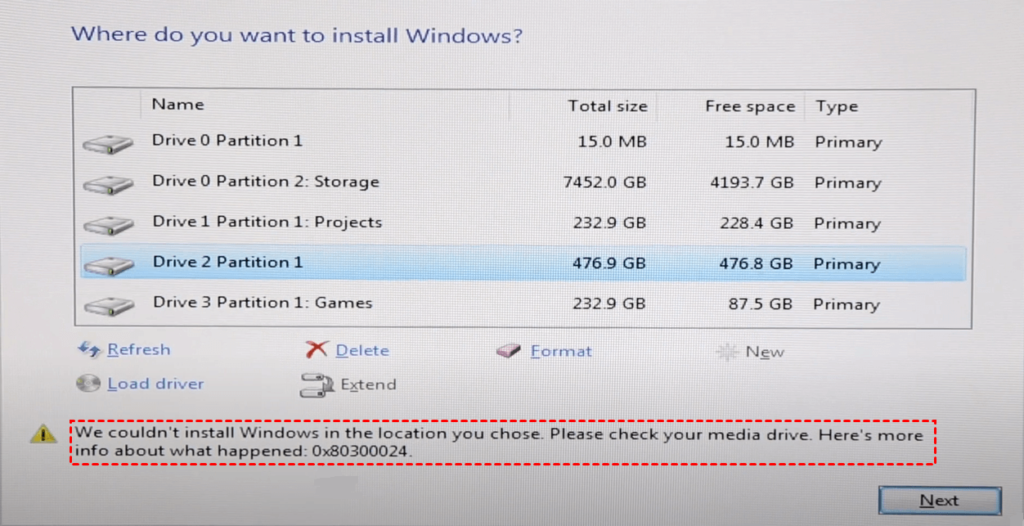
Windows installation errors appear when media files become corrupt or incompatible. You need properly formatted USB drives or installation discs to resolve this error. The system requires specific partition formats and bootloader configurations for successful installation. Clearing the target drive and recreating installation media often fixes stubborn installation failures.
3. Microsoft Edge Not Working

Browser issues stem from corrupted profiles or conflicting extensions. Your browsing data might need clearing to restore normal function. Edge problems often resolve through the browser’s built-in repair tools. Resetting Edge settings without deleting favorites provides a clean start.
2. YouTube Videos Not Playing
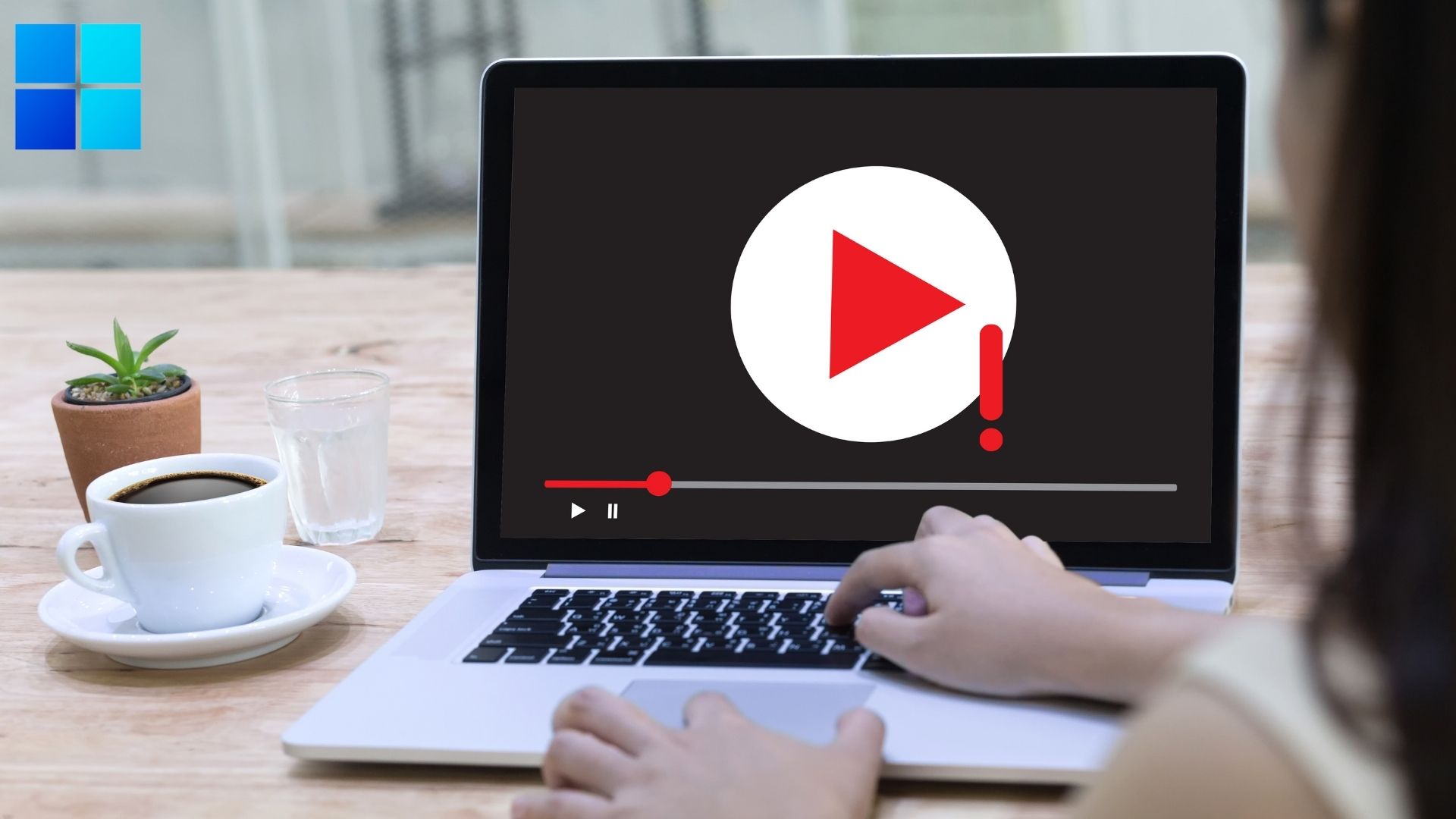
Video playback fails due to browser plugin conflicts or outdated video drivers. Your internet connection speed affects video loading and quality settings. Browser cache buildup can prevent YouTube from loading content properly. Updating graphics drivers and clearing browser data resolves most playback issues.
1. The Print Spooler Service Stops Unexpectedly
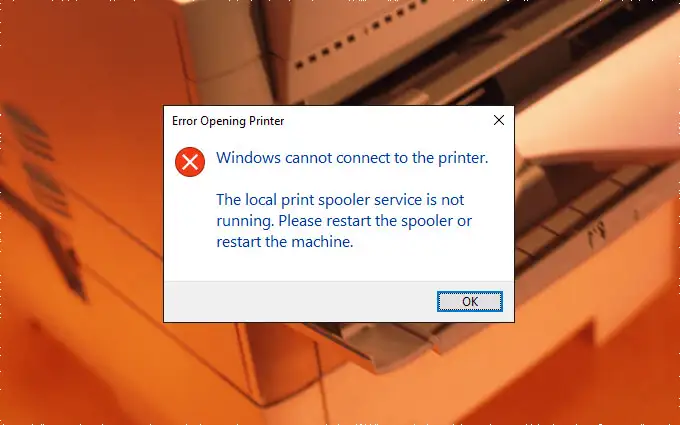
Print jobs stack up when the spooler service crashes unexpectedly. You can restart printing by clearing the spooler queue and restarting the service. Windows update conflicts often trigger spooler failures and require specific fixes. Checking printer driver compatibility prevents recurring spooler problems.

